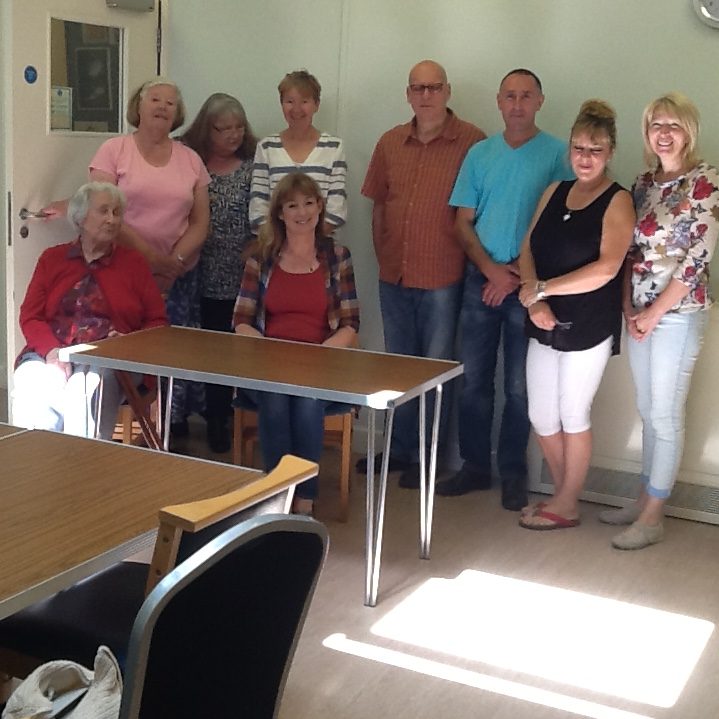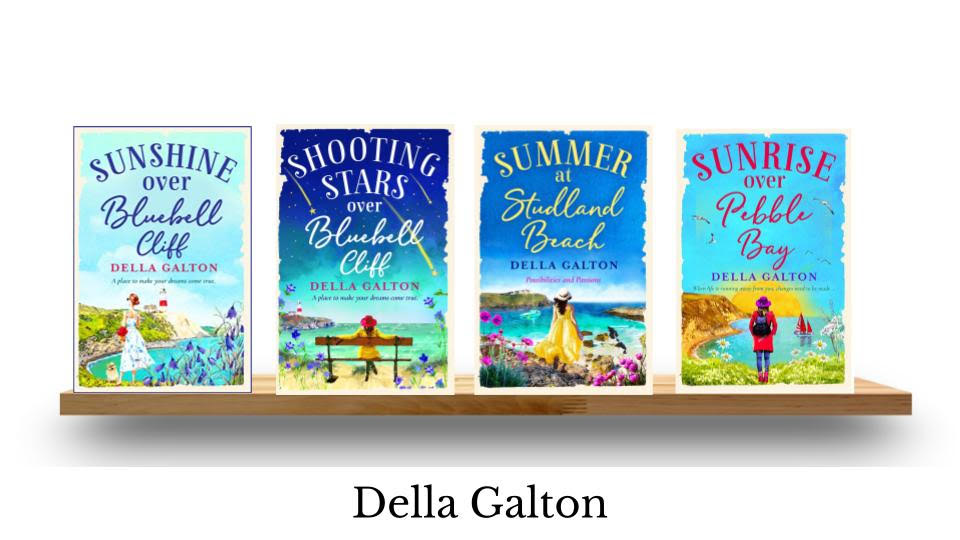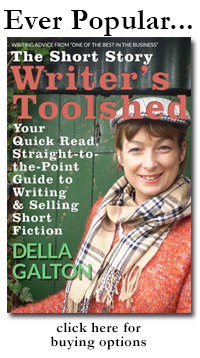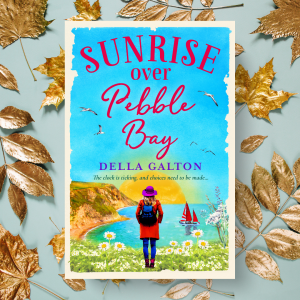Today, I’d like to welcome fellow author, Peter Jones, who has kindly agreed to guest post and shed some light on how he arrived at choosing the book cover for his latest novel. Over to you, Peter…

Behold the cover for The Good Guy’s Guide To Getting The Girl! Lovely isn’t it. Well I think it is. And I won’t have anybody tell me any different because God knows how much pain and suffering we went through before we settled on this little beauty!
In fact, just for fun, I thought it might be kinda cathartic to share with you *some* (and I really do mean some) of the designs that ended up being seriously considered, but ultimately tossed on the scrap heap. Everybody ready? Then buckle up people and prepare yourself for an emotional ride.

Above is a mock-up book jacket which I designed back in 2010 to help motivate me whilst I was writing the book. I figured if I had something I could see which represented my wildest fantasies of having the book published and then subsequently made into a movie, not to mention big name authors taking the time to give me a by-line I could use, I might be more inclined to get a move on and write the thing. I never really intended to show this to anybody, but it hung on my wall for months and months and months. Until it fell off.
Incidentally, that actually is my office wall. I took a picture of my Kylie calendar and my pin board and used those elements as the basis for the cover. And I realise that isn’t Kylie Minogue. In a deluded paranoid moment I decided to swap her picture for someone else in case her lawyers decided to pay me a visit.

When my third & fourth books were published I realised I was missing a trick if there wasn’t at least a mention of my forthcoming novel at the back – and a ‘mention’ would be a whole lot more powerful with an image to accompany it. With this in mind I quickly bashed out this cover which is unashamedly based on Della Galton’s novel Ice And A Slice. Her cover features an image of a girl with a drink (because that’s broadly what the story is about) so logically I chose a fella with a camera.
At the time I really liked this. I liked it’s simplicity and I thought the bloke would appeal to female readers – a plus given that the book is actually classified as Women’s Contemporary Fiction.
Over time though I began to suspect it was a little dull. Worse still, friends I showed it to actually thought it might be non-fiction, rather than fiction – which you can’t really blame them for given that I have four self-help books under my belt. So when the time came to settle on the final cover design we decided to start with this idea, but tweak it as much as possible to make it look a little more ‘chick lit’.

Dear God. It’s difficult to know how this can look less finished than the previous version. We appeared to have gone backwards!

So the thinking here was take the previous idea, and turn the picture of Jason (that’s the protagonist) with his camera into a ‘polaroid’ laying on a coloured background. Except that, unless you had the paperback and could see how the image wrapped all the wall round to the back, where there was a second polaroid image of Melanie (the love interest), it’s not at all obvious what’s going on here. Most of my friends said “what’s that purple bar thing at the side and top?”

And so we arrive at what I thought, for quite a while, was the final version. The polaroids look like polaroids and we’ve got something for everybody; a handsome guy for the gals, and an absolute babe for the lads. I was a little worried that the title was getting lost but I was more than happy to live with it. Notice too how we’ve returned to the original ‘office wall’ background colour. All in all a job well done.
How wrong can you be.
A week or so later the cover was circulated around a couple of dozen potential readers (mostly ladies), and the general consensus was that this is not a good cover. The vast majority of women did not like the lady in the polkadot bikini – some said that would be enough to put them off buying the book. Worse still was the reaction to Jason – many people felt he looked like he was ‘hiding’ behind his camera, thereby making him seem creepy!

Never mind, thought we, all those issues could easily be addressed by re-casting Jason (notice how he’s not hiding behind the camera), and for that matter, Melanie (could she be any more ‘cute’?) Also, in this version my previous concerns about the title were finally resolved, and I love the interesting use of the multiple fonts.
However, something about it just isn’t right. Somehow in attempting to address all the issues raised we’d lost something along the way. This didn’t feel like my book any more, and I’m still not sure it reflects the tone of the story. Not that my concerns mattered. Once the book was circulated again and feedback was – at best – luke warm, we decided to go back to the drawing board.

Take a look at titles by David Nicholls or Nick Hornby and you’ll notice the newer editions are very graphic, and it’s that element that we were trying to capture here. This was one of about six similar ideas, each with a different female face or profile. Personally this image was my favourite, but the title doesn’t quite fit and there were some fears that the woman is slightly too pretty, thereby alienating female readers (again!)

Which is why we settled on this one. And I have to say I’m enormously pleased that we did. Because I love it. And fortunately I wasn’t the only one; here’s one of my favourite bits of feedback:
I love this one! I like the striking image and the colours and it’s exactly the sort of book I am drawn to pick off the shelves. I know that’s extremely subjective… I would assume (perhaps wrongly!) that this would be slightly more clever & comical than your average chick-lit offering.
But who knows, perhaps we still haven’t got it right! Feel free to cast your judgement in the comments box below and maybe we’ll take your thoughts into consideration when the movie poster gets made. Maybe. 😉
 ‘The Good Guy’s Guide To Getting The Girl’ is author Peter Jones’s debut novel after three and a half self-help books. Read more about it here, and purchase the kindle version for £1.99 right NOW.
‘The Good Guy’s Guide To Getting The Girl’ is author Peter Jones’s debut novel after three and a half self-help books. Read more about it here, and purchase the kindle version for £1.99 right NOW.

















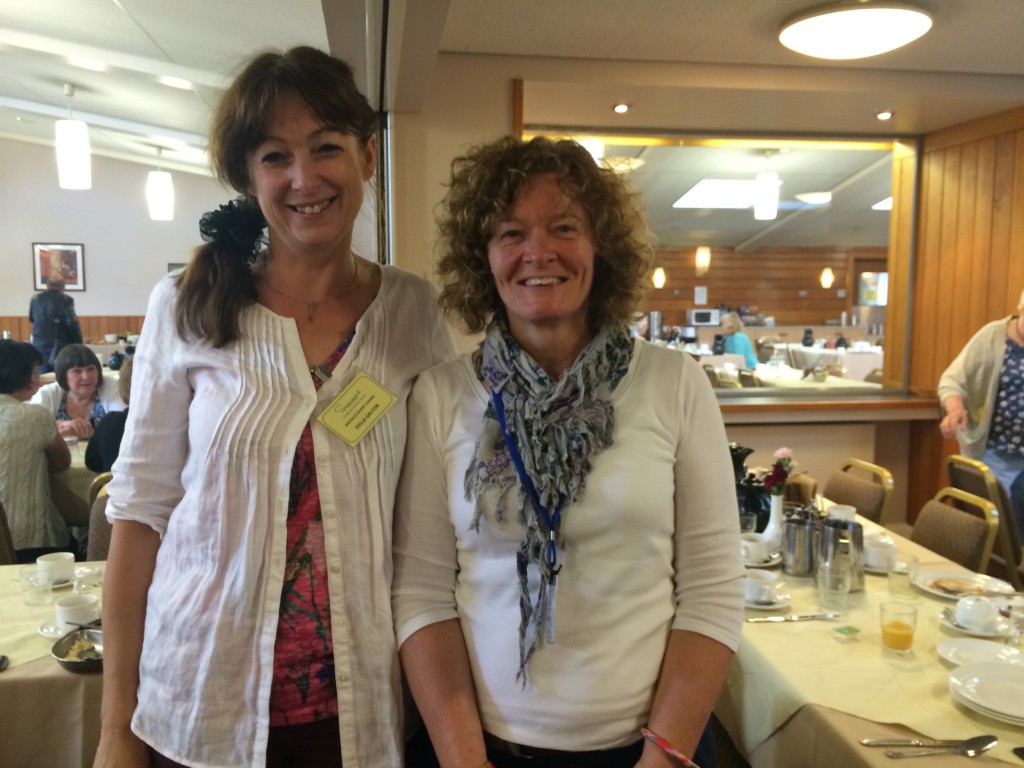

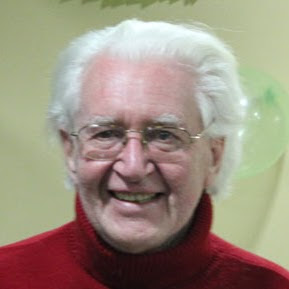
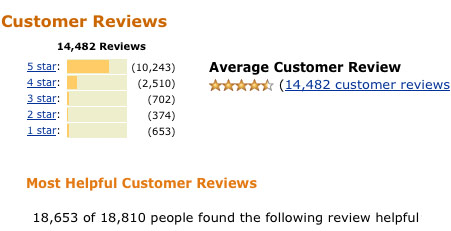
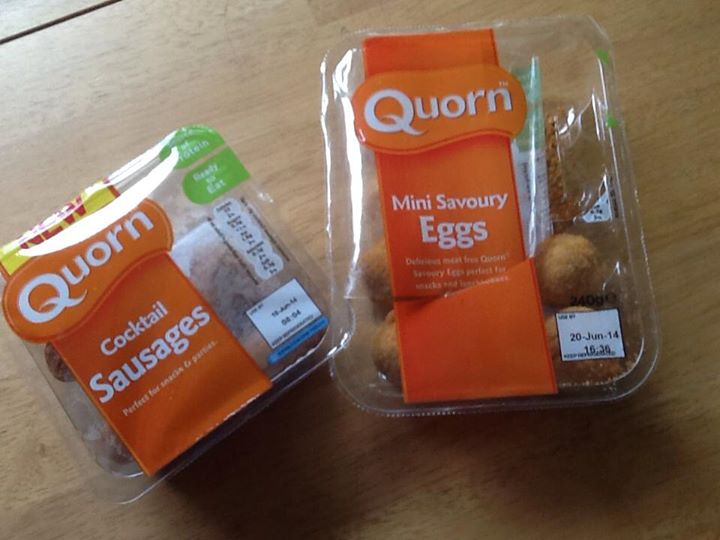
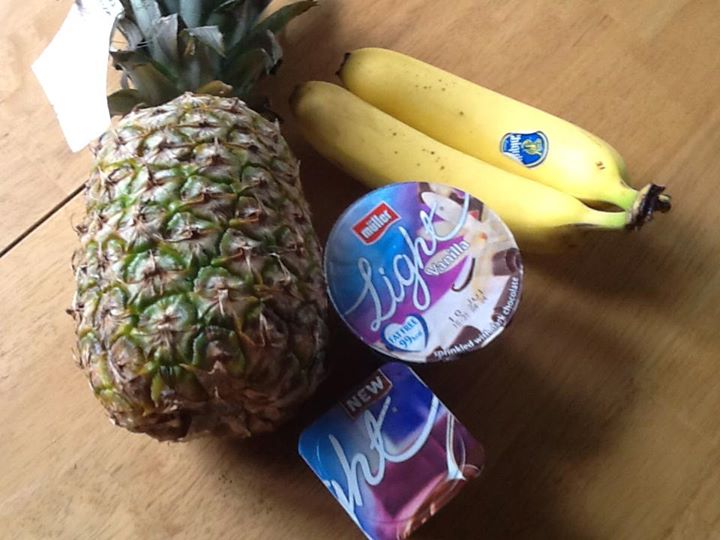
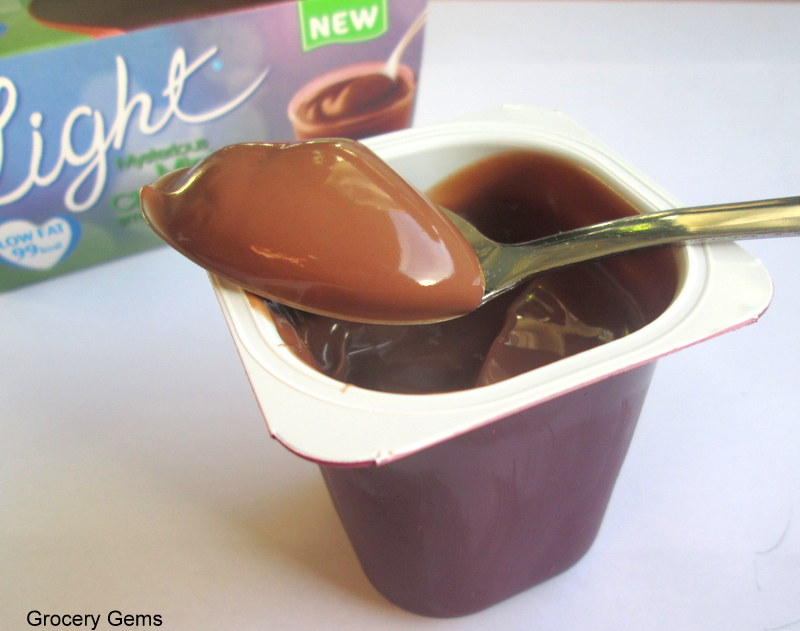
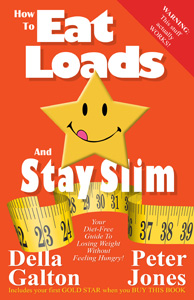
 If you’ve ever fancied writing your memoir or autobiography you are not alone. How do I go about writing my memoir or autobiography? is probably the second most frequently asked question I get on my Dear Della page at Writers’ Forum.
If you’ve ever fancied writing your memoir or autobiography you are not alone. How do I go about writing my memoir or autobiography? is probably the second most frequently asked question I get on my Dear Della page at Writers’ Forum.